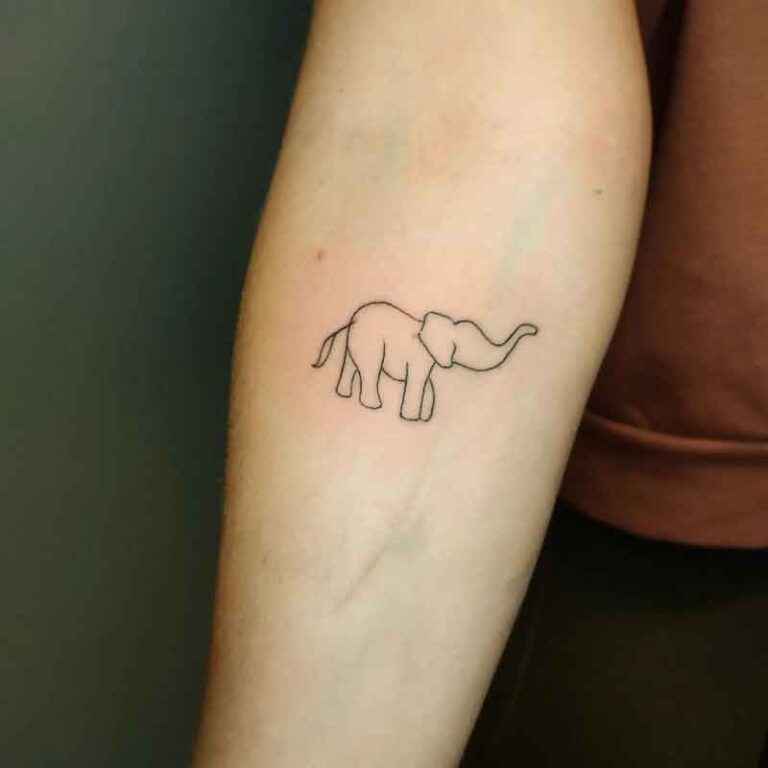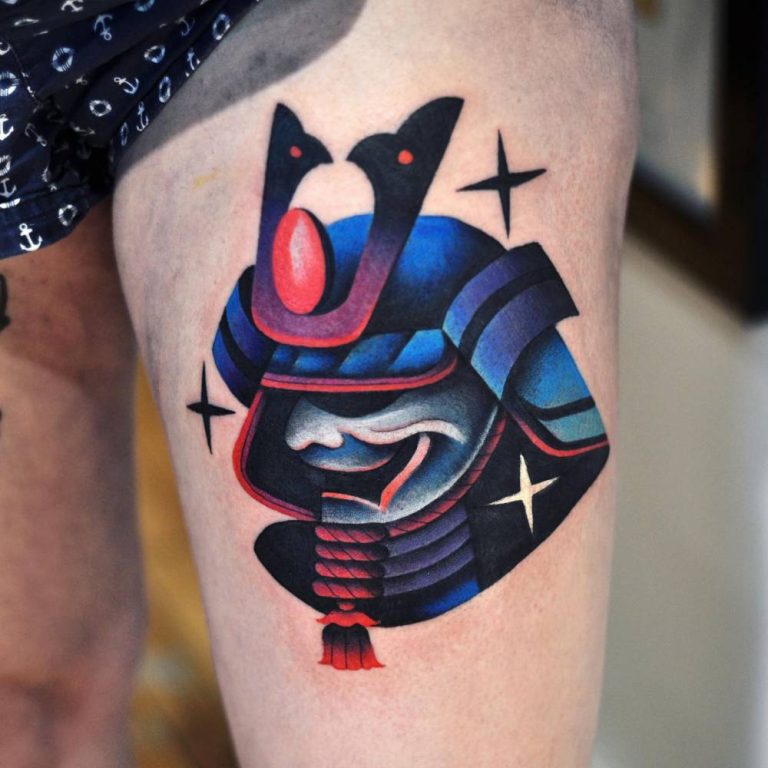
Popular Angel Tattoo Inspirations: Choosing Your Design
The Symbolism Behind Angel Tattoos
Angel tattoos are rich with meaning and serve as a symbol of faith, hope, and protection. Often, they represent a connection to the divine or a way to express spiritual beliefs. Many choose angel tattoo as memorials for loved ones, signifying guardianship or a link between heaven and earth.
People may select specific types of angelic figures to convey different messages. For instance, guardian angels symbolize protection and guidance. Archangels, known for their higher status, might express strength and leadership. Fallen angels often represent pain, loss, or the struggle between good and evil.
Individuals might also use angel tattoos to symbolize purity, innocence, and moral integrity. These tattoos often encourage wearers to live by a code of conduct reflecting these values. Some opt for angel wings as a way to suggest freedom or aspiration, aiming towards personal elevation and enlightenment.
Understanding the symbolism behind angel tattoos helps individuals choose designs that resonate with their lives and beliefs. It’s important to contemplate the deeper meanings behind these spiritual emblems before making them a permanent part of your body art.
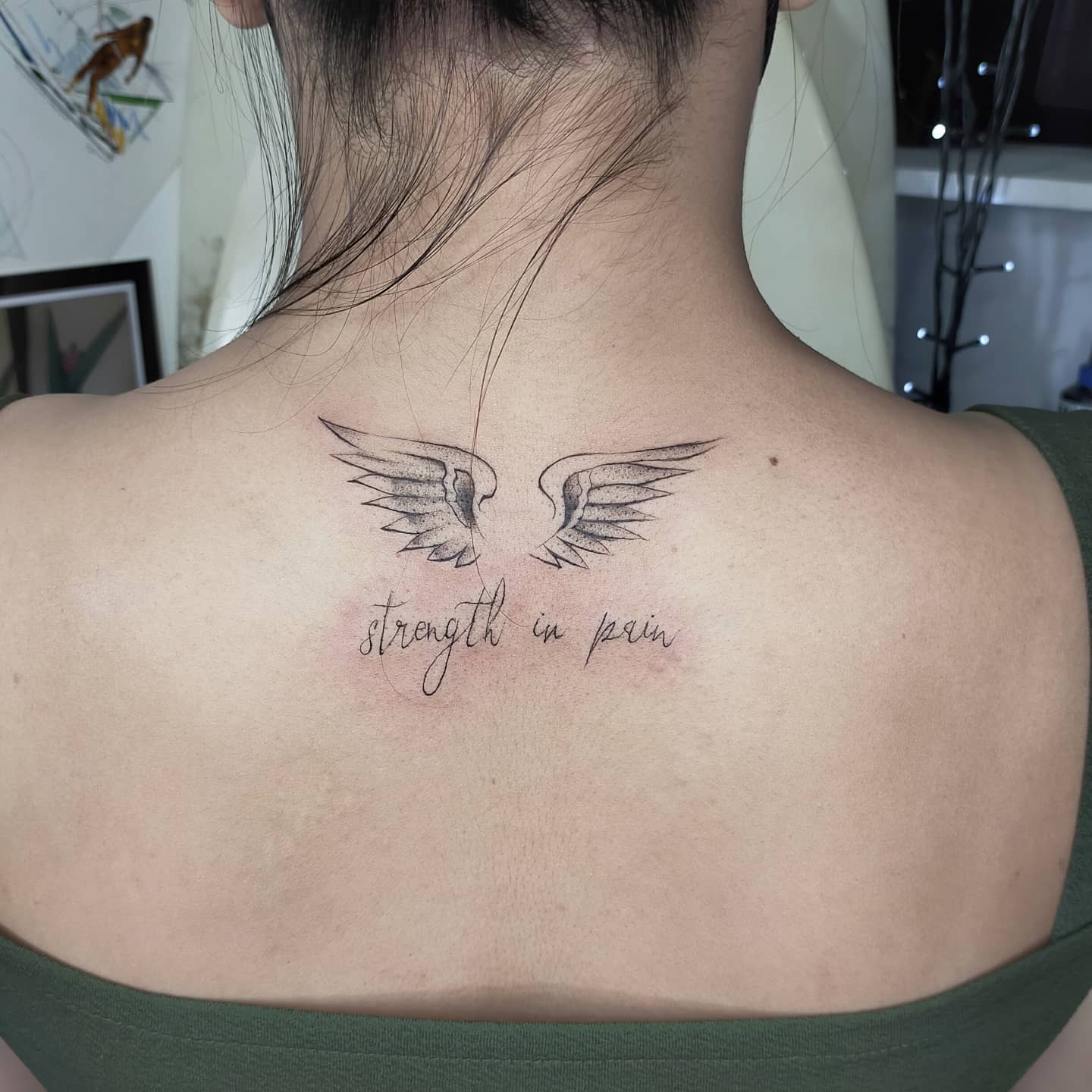
Popular Angel Tattoo Designs and Their Meanings
Angel tattoos come in various designs, each with unique meanings. Popular motifs include:
- Guardian Angel Tattoos: Often, these tattoos depict a powerful figure watching over or guiding the wearer. They embody protection and safety.
- Archangel Tattoos: Representing key figures in religious texts, such as Michael or Gabriel, these connote strength, leadership, and divine guidance.
- Cherub Tattoos: Cherubs are baby angels, frequently symbolizing innocence and love. They might commemorate the life of a child or signify cherishing, love-filled memories.
- Fallen Angel Tattoos: These can signify a personal battle or loss. They often represent the dual nature of humans – the struggle between light and dark within.
- Angel Wings Tattoos: A pair of wings can mean freedom and the desire to rise above challenges. They may also symbolize a free spirit or a memorial to someone who has passed away.
- Praying Angel Tattoos: Angels in prayer reflect spirituality, tranquility, and the search for guidance. They can serve as reminders for the wearer to seek inner peace.
Each design offers a way to wear one’s beliefs, struggles, memories, or aspirations. Picking the right angel tattoo requires reflection on the symbolism that most aligns with the wearer’s personal story or ideals. When someone decides on an angel tattoo, they adorn their body with imagery that often holds profound personal significance.
The Role of Angels in Different Cultures & Religions
Angels play a pivotal part across various cultures and religions, serving as messengers and symbols of divine presence. In Christianity, angels are God’s messengers, with specific roles like protecting humans and delivering messages. Islam also regards angels highly, believing they have tasks like recording deeds and conveying revelation. In Judaism, angels are divine agents, executing God’s will on Earth.
In Buddhism, celestial beings similar to angels, known as devas, are considered as beings who inhabit higher planes. Hinduism has apsaras and devas, who are spiritual beings that interact with humans and gods. These beings are often portrayed as beautiful and ethereal, with specific roles prescribed in the texts and myths of the tradition.
In non-religious contexts, angels have also become symbols of guidance and moral support. They are depicted in arts and literature as benevolent entities, and this has influenced their representation in tattoos.
Across all cultures, angels often symbolize purity, love, and protection. They offer hope, serving as a reminder of the spiritual dimension that many seek to connect with. Angel tattoos, influenced by these cultural and religious meanings, can represent a wearer’s faith, heritage, or a personal connection to the transcendent.
Choose an angel tattoo design that reflects your cultural or spiritual beliefs to make it even more meaningful. Consider discussing with your artist how to incorporate specific elements that pay homage to the traditional portrayal of angels within your culture or religion.
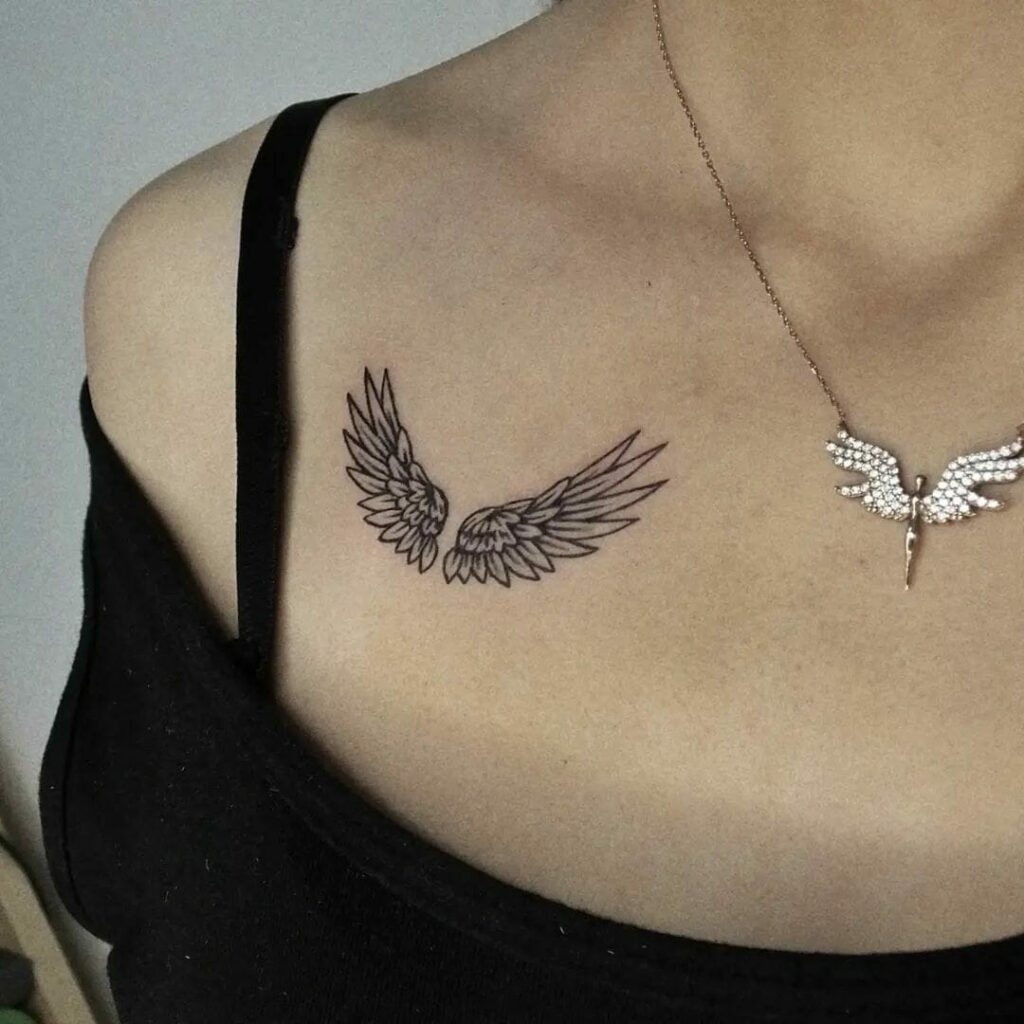
Factors to Consider Before Getting an Angel Tattoo
Before you decide on getting an angel tattoo, several factors need your careful consideration. These considerations will help ensure that your tattoo matches your expectations and remains a cherished symbol for years to come.
- Personal Significance: Reflect on what the angel tattoo symbolizes for you personally. It should hold a deep meaning or represent an important aspect of your life or beliefs.
- Design Complexity: Choose a design that reflects your desired level of detail. Simpler designs may work better for smaller tattoos, while larger areas can accommodate more intricate artwork.
- Size and Scaling: Consider the size of the tattoo. It will influence where you can place it on your body and how visible it will be to others.
- Visibility and Professionalism: Think about the impact of your tattoo on job prospects and workplace policies. Ensure it can be covered if necessary.
- Skin Tone and Color Choices: Work with your artist to select colors that complement your skin tone and will age well over time. Some colors may fade or blur differently.
- Longevity and Aging: Remember that your skin changes over time. How your tattoo looks now might differ years down the line. Design choices can affect the tattoo’s longevity.
Taking the time to consider these factors before getting an angel tattoo can make the difference between a good tattoo experience and one you might regret. Choose wisely, and your angel tattoo will be a beautiful and meaningful addition to your body art.
Placement Ideas for Angel Tattoos
Choosing where to place your angel tattoo is crucial. Not only does the placement affect the visibility and impact of the tattoo, but it can also enhance its meaning. Here are some common placement ideas that you might consider:
- Forearm: Forearm tattoos are highly visible and offer enough space for detailed designs. An angel tattoo here can remind you of your guardian’s presence throughout the day.
- Back: A large canvas, the back allows for impressive, expansive angel imagery. Guardian angel wings on the back, for instance, symbolize protection and can look as if they’re your own.
- Chest: The chest is close to the heart, making it a poignant place for a memorial angel tattoo dedicated to a loved one.
- Shoulder: Connecting to the theme of guidance, an angel tattoo on the shoulder can signify a spiritual guide literally ‘watching over’ your path. It’s also a more discreet placement.
- Neck: Angel tattoos on the neck are bold statements, signifying a strong commitment to their symbolism. However, consider professional implications, as neck tattoos are quite conspicuous.
- Ankle or Wrist: Smaller angel tattoos, such as cherubs or minimalist wings, can fit nicely on the ankle or wrist, offering a subtle, yet constant reminder of their meaning.
- Upper Arm: A traditional spot for tattoos, the upper arm can host angel designs of all sizes, and can be easily covered up if needed.
Remember to pick a spot that resonates with the personal significance of your angel tattoo, as well as one that fits within your comfort zone for pain and visibility. Your artist can help you visualize how different placements will work with your chosen design, ensuring you make the best choice for your new ink.
The Process of Choosing the Right Artist and Studio
When picking an artist and studio for your angel tattoo, take special care. This choice can affect how your tattoo turns out. Here’s how to choose well.
- Research: Begin with research. Look online for artists who specialize in angel tattoos. Check their social media and websites. Read reviews and testimonials from former clients.
- Portfolio: Look at the artist’s portfolio. Ensure the style matches what you want for your angel tattoo. Pay attention to details and shading in their previous works.
- Consultation: Set up a meeting with potential artists. Use this time to discuss your design. It’s a chance to see if you click with the artist.
- Hygiene and Safety: The studio should be clean and use proper safety procedures. Check if they use new needles and if they have sterilization processes.
- Certification: Ensure the studio and artist have the needed licenses and certifications. This is important for safety and professional standards.
- Pricing: Discuss pricing before committing. It should be transparent. Remember that quality work often costs more.
- Aftercare Support: Good studios offer advice on aftercare. They should tell you how to care for your tattoo as it heals.
Taking the time to find the right artist and studio is crucial. With the right person, your angel tattoo will be a beautiful reflection of your vision.
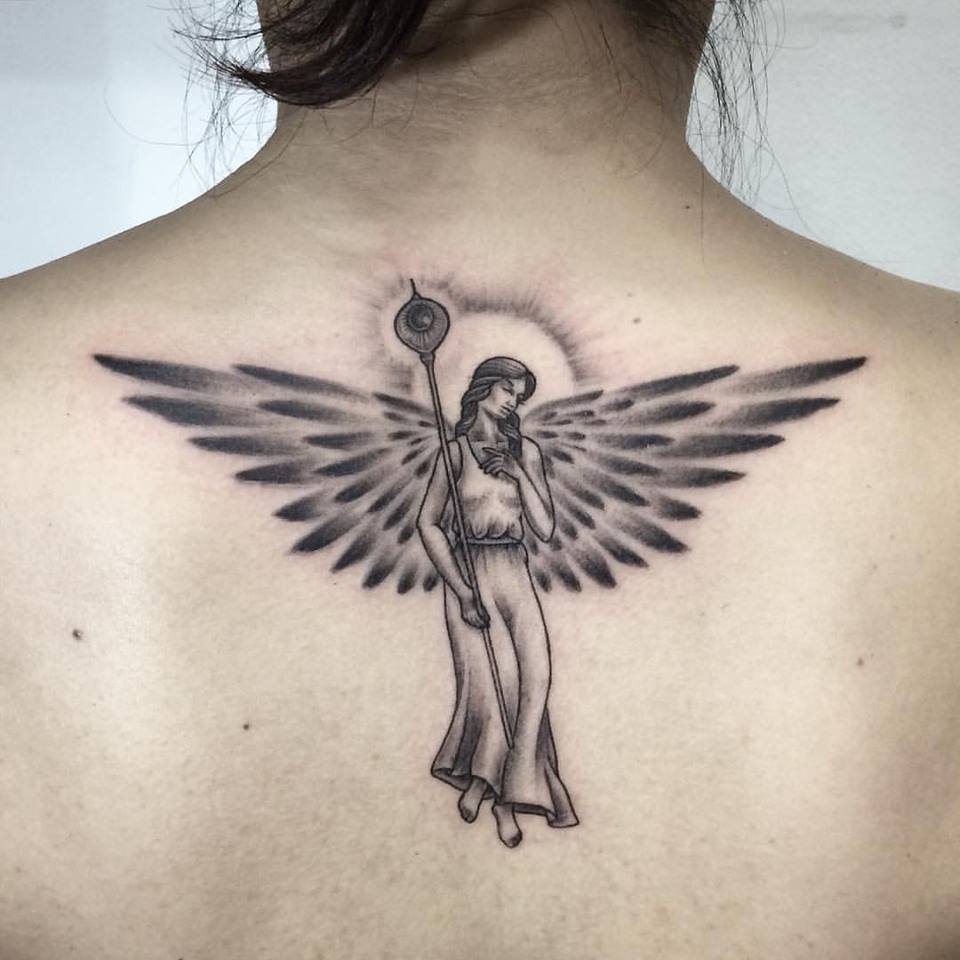
Aftercare Tips for Your New Angel Tattoo
After getting your angel tattoo, proper aftercare is essential. Here are key tips to ensure your tattoo heals well and maintains its beauty:
- Keep it Clean: Gently clean the tattoo with mild, fragrance-free soap and water. Pat it dry with a soft cloth.
- Moisturize Regularly: Apply a thin layer of fragrance-free moisturizer or ointment. This keeps your skin hydrated and supports healing.
- Avoid Sun Exposure: Keep your tattoo out of direct sunlight. Sun can fade the ink and slow healing. Use a strong SPF if you must be in the sun.
- Don’t Soak: Avoid soaking your tattoo in baths, pools, or the ocean while it heals. This prevents infection and ink loss.
- Wear Loose Clothing: Loose clothing won’t rub against your tattoo. This reduces irritation and risk of infection.
- Resist Scratching: Tattoos can itch as they heal. Don’t scratch. This can damage the design and cause infection.
- Watch for Signs of Infection: Redness, excessive swelling, and pus are warning signs. If you notice these, contact a healthcare provider promptly.
- Go for Touch-Ups: Once healed, you might need touch-ups. This keeps your angel tattoo looking sharp and vibrant.
Following these tips will help you protect your new tattoo. A well-cared-for tattoo remains a clear and bold statement for years. Always remember to listen to the aftercare advice given by your tattoo artist, as they have the expertise for your specific situation.
Angel Tattoos Across Different Styles of Ink
Angel tattoos can be adapted to various styles of ink, allowing personal expression and creativity. Here are some styles that are popular:
- Traditional Style: Bold lines and bright colors characterize this style. It’s classic and timeless.
- Realistic Style: Lifelike designs that look almost like photographs. These require a skilled artist.
- Watercolor Style: Uses blends of colors without heavy outlines for a soft, flowing look. It’s artistic and unique.
- Tribal Style: Consists of black lines and patterns. It can give an angel tattoo a strong cultural link.
- Neo-Traditional Style: This style brings a modern twist to traditional tattoos. It uses bold lines and vivid colors.
- Blackwork Style: Uses solid black ink to create dramatic contrasts. It’s powerful and striking.
- Dotwork Style: Builds up images with dots for a textured look. It’s delicate and detailed.
Each of these styles offers a different way to showcase angel tattoos. The choice depends on the wearer’s aesthetic preference and what they wish the tattoo to convey. Consulting with a professional artist will help you find the best style for your angel tattoo. They can guide you in choosing a style that not only looks great now but will also age well over the years. Remember to integrate keystone elements of the angel tattoo, such that the chosen style enhances its symbolic meaning.
